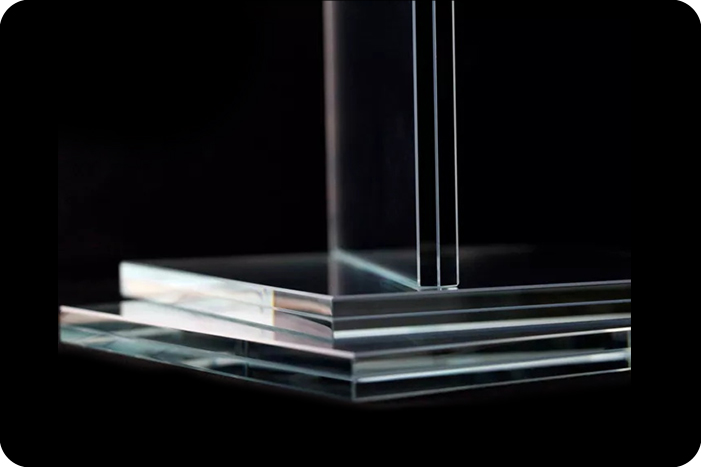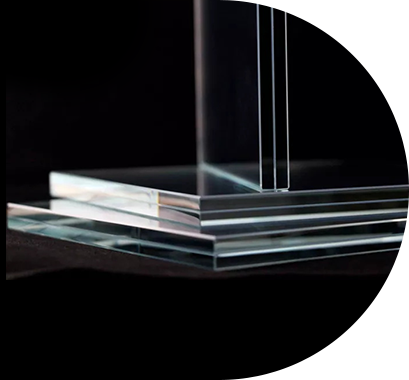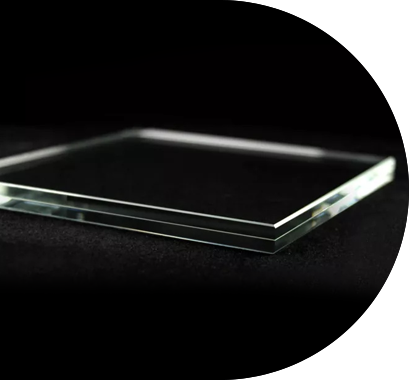Museum laminated glass is a specialized glazing material used in exhibition environments to protect artifacts, artwork, and valuable displays. It consists of two or more layers of glass bonded with a plastic interlayer—typically PVB (polyvinyl butyral)—to offer strength, UV protection, and enhanced security. Known for its ability to block over 99% of UV rays and resist shattering under impact, museum laminated glass plays a vital role in conservation and presentation.
To ensure it retains its protective and visual qualities over time, proper care and maintenance are essential. Below is a comprehensive guide on how to care for museum laminated glass in both public institutions and private collections.
Routine Cleaning: Do’s and Don’ts
Recommended Cleaning Frequency:
Clean museum laminated glass regularly but not excessively—typically once every few weeks or when visible smudges, dust, or fingerprints accumulate.
Use the Right Materials:
Soft microfiber or lint-free cloths are ideal. Avoid abrasive pads or paper towels that can scratch the surface.
Mild, non-abrasive glass cleaners or a homemade mix of distilled water and a few drops of dish soap work well.
Spray the cloth, not the glass. This prevents liquid from seeping into the glass edges and potentially damaging the interlayer.
Avoid:
Ammonia- or alcohol-based cleaners (these can degrade edge seals or cause hazing)
Sharp tools or razors
High-pressure water streams or steam cleaners near glass edges
Handle With Care
Even though museum laminated glass is stronger and safer than standard glass, it still requires mindful handling:
Avoid direct physical impact or placing hard objects against the surface.
If moving display cases or partitions, always support the frame and never drag the glass on any surface.
Wear gloves when handling the glass to avoid oils and residues from fingers transferring onto the surface.
Control Environmental Conditions
Environmental control is a major part of preventive conservation in museum settings—and it benefits the laminated glass too.
Maintain consistent humidity and temperature to reduce condensation, which can impact the clarity of the interlayer or edge seal over time.
Minimize direct sunlight where possible. Even though museum laminated glass offers strong UV protection, prolonged exposure to intense light can gradually affect adhesives and edge seals.
Ensure good air circulation to prevent mold or dust accumulation around display frames.
Inspect the Edges and Seals
Museum laminated glass relies on strong bonding and clean sealing to function effectively. Over time, exposure to moisture, heat, or physical damage can compromise these areas.
Check for:
Delamination (visible bubbles or haze forming between the glass layers)
Edge damage like chips or cracks
Seal integrity in framed or mounted installations
If any signs of deterioration appear, consult a glass specialist for assessment and possible replacement. Ignoring edge issues can lead to structural weakening or compromised visual quality.
Protect During Maintenance or Renovation
If you’re cleaning the surrounding display area or undergoing renovations:
Cover the glass with a soft protective sheet or padded fabric.
Avoid using adhesives, tapes, or labels directly on the glass surface.
Ensure no paint, polish, or chemical substances come into contact with the glass during nearby work.
Taking preventative steps during maintenance helps avoid accidental damage that can be expensive to repair.
When to Consult Professionals
Some conditions require expert care:
Deep scratches or cracks
Severe delamination
Restoration of old or historically significant display cases
Specialized conservation glass technicians can assess the damage and provide suitable restoration or replacement solutions without compromising the integrity of the exhibition.
Proper maintenance of museum laminated glass helps preserve not only the integrity of the glass itself but also the valuable items it’s designed to protect. By using the right cleaning techniques, controlling environmental conditions, and regularly inspecting for signs of wear or damage, institutions and collectors can ensure their laminated glass remains clear, secure, and durable over the long term.
Whether in a museum gallery or private exhibition space, consistent and mindful care ensures that your displays remain both visually appealing and well-protected.







